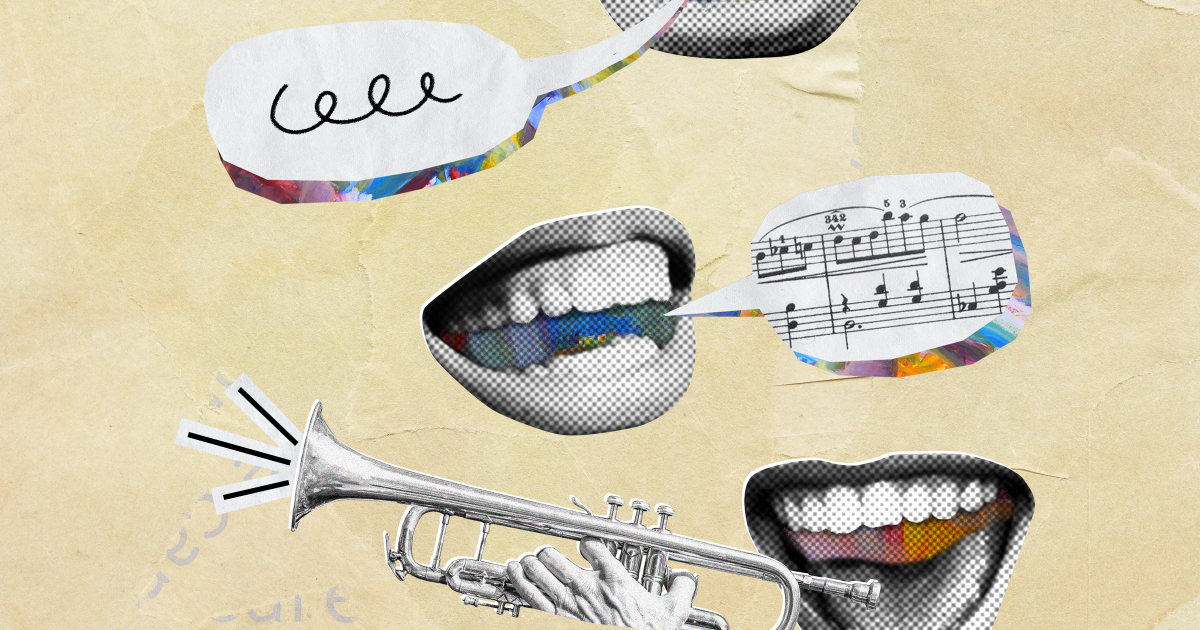
Scanning electromicrograph of Staphylococcus aureus bacteria. Credit: NIAID
Staphylococcus aureus—aka staph—is among the most extensively studied human pathogens. Unfortunately, that knowledge hasn’t made staph infections any easier to treat, particularly in the lungs.
Staph bacteria are notoriously adept at evading the host’s immune response and shrugging off even the most powerful antibiotics, often leading to pneumonia.
“We know how staph attacks lung cells and what makes these bacteria especially virulent. But most drugs or vaccines aimed at these mechanisms haven’t worked,” says Alice Prince, a physician and scientist who studies staph and other airway pathogens at Columbia University Vagelos College of Physicians and Surgeons.
New research from Prince may have finally unearthed this pathogen’s Achilles’ heel: its choice of food. The findings are published in the journal Nature Microbiology.
Losing the taste for sugar
Staph’s food of choice is sugar, in the form of glucose. However, this energy source is not readily available in the lung, especially after immune cells rush in to fight the infection and gobble up most of the supply.
In response, staph begin to dine on the amino acid proline, which is abundant in infected lungs. Until now, it wasn’t known how staph accomplish this nifty culinary switch.
To learn more, Prince and her team analyzed the genetic and metabolic changes in staph isolated from cystic fibrosis patients at various stages of infection. (People with cystic fibrosis are especially vulnerable to staph, so lung cultures are regularly taken, providing researchers with a wealth of study material.)
S. aureus activate genes involved in collagen synthesis. Credit: Nature Microbiology (2024). DOI: 10.1038/s41564-024-01769-9
Led by Andreacarola Urso, Ph.D., a recent graduate of the molecular pharmacology and therapeutics program, researchers found that when staph sense glucose is running low, they trigger a mechanism called carbon catabolite repression (CCR), which limits organisms to consuming one type of carbon at a time, such as glucose.
“But CCR can also reprogram bacteria to consume another energy source, if necessary,” says Prince. “In this case, CCR directs staph to exploit the availability of proline.”
Starving staph
Once staph make the switch to proline, their food supply is effectively endless. The infection stimulates the lung into making collagen to repair lung tissue damaged by the bacteria. A key component of collagen is proline.
“The lung increases proline synthesis and provides the food that S. aureus need to proliferate and coat the airways,” Prince says.
A drug that stops collagen production can slow bacterial growth in mice infected with staph, the researchers found, but that approach is not practical for people. “You need collagen to repair your airways,” says Prince.
Instead, Prince thinks that interfering with CCR to prevent staph’s consumption of proline may prevent chronic infections, though no such drugs currently exist. “Interfering with CCR won’t stop the initial stage of staph infection, but it could stop these organisms from forming persistent colonies where they can hide from antibiotics and our immune system,” she says.
The same strategy also may apply to other bacteria that employ CCR, including Pseudomonas aeruginosa, another common source of antibiotic-resistant lung infections.
More information:
Andreacarola Urso et al, Staphylococcus aureus adapts to exploit collagen-derived proline during chronic infection, Nature Microbiology (2024). DOI: 10.1038/s41564-024-01769-9
Provided by
Columbia University Irving Medical Center
Citation:
Staph’s Achilles’ heel may hinge on its choice of food (2024, September 4)
retrieved 4 September 2024
from https://phys.org/news/2024-09-staph-achilles-heel-hinge-choice.html
This document is subject to copyright. Apart from any fair dealing for the purpose of private study or research, no
part may be reproduced without the written permission. The content is provided for information purposes only.






